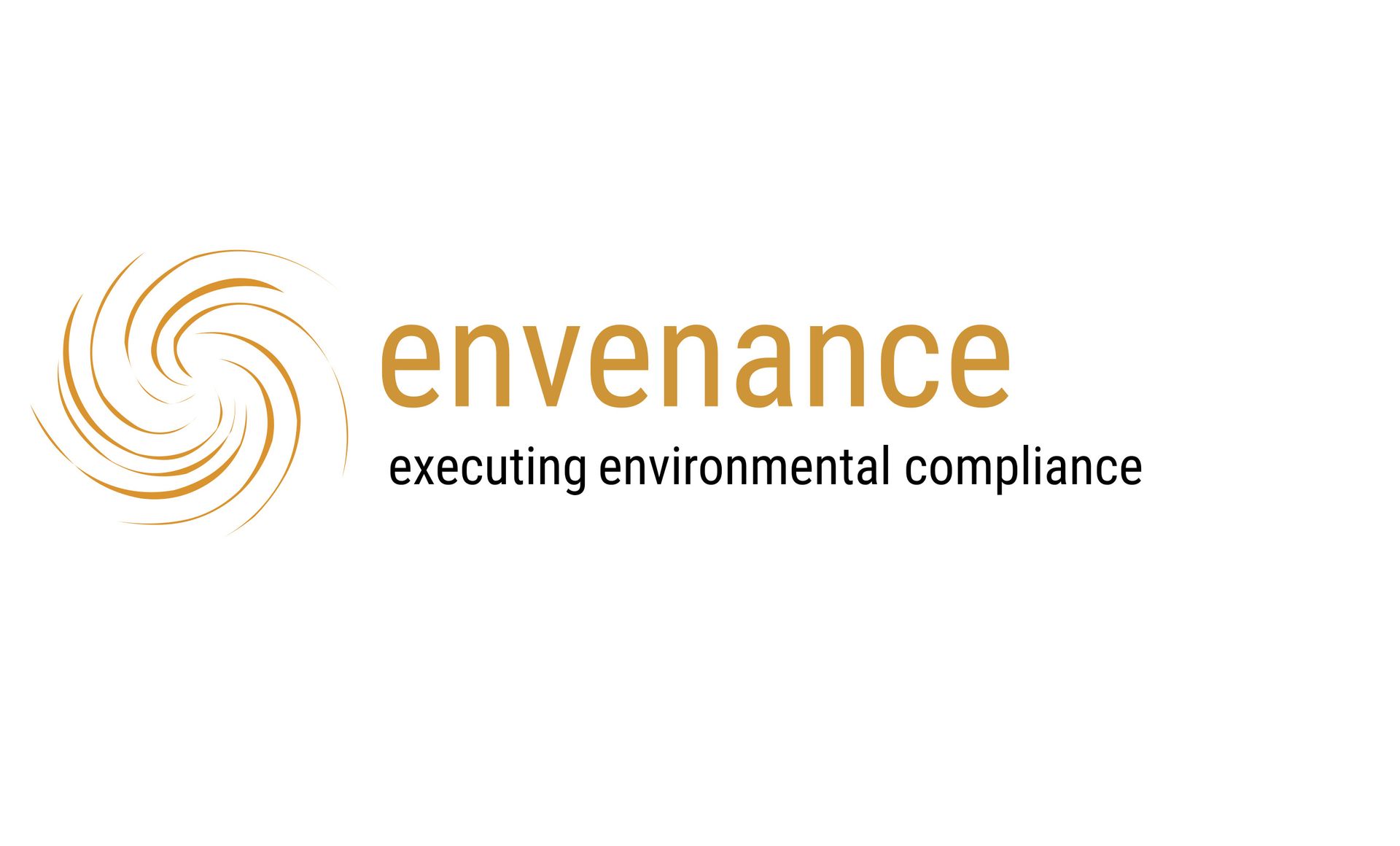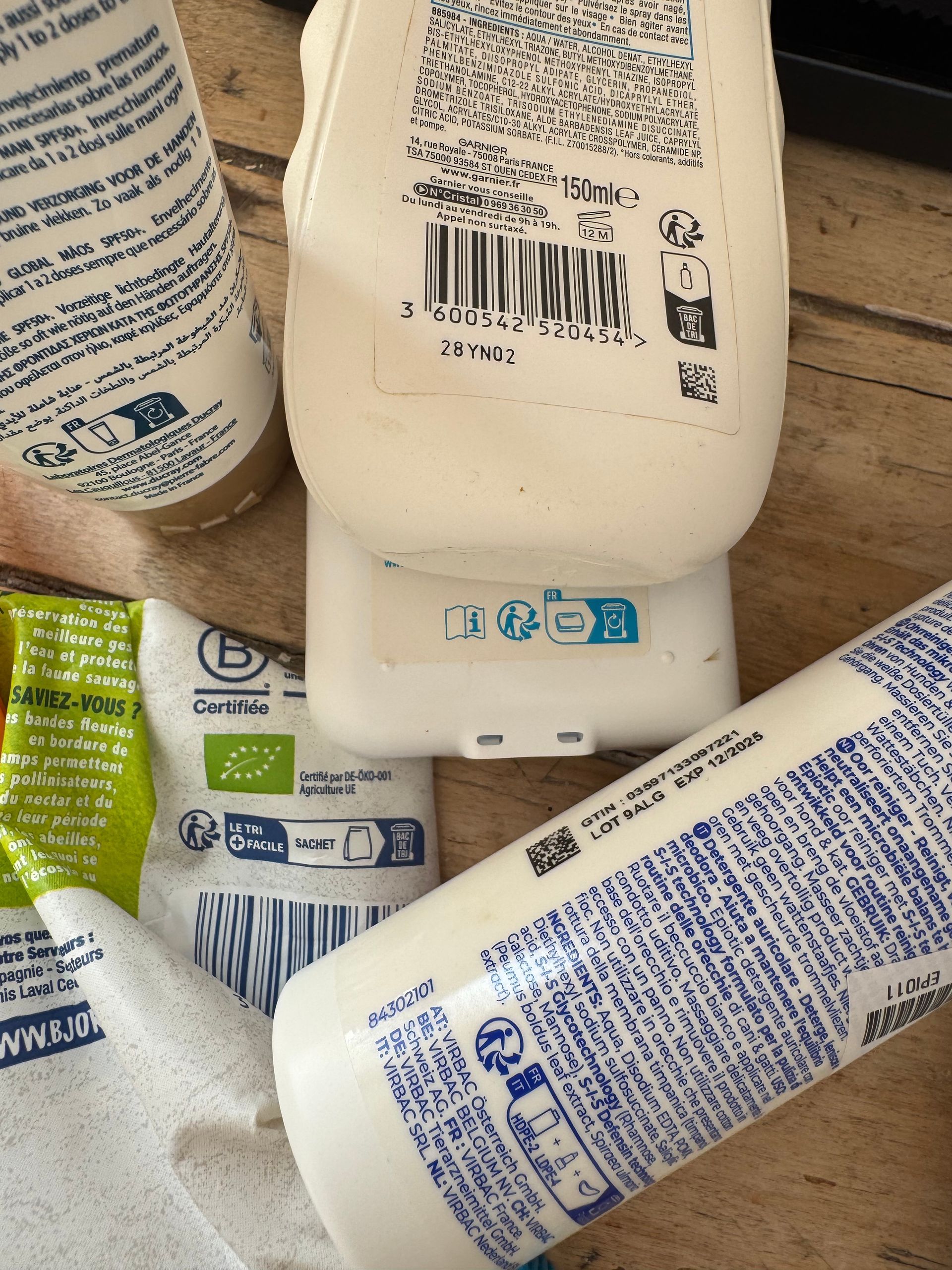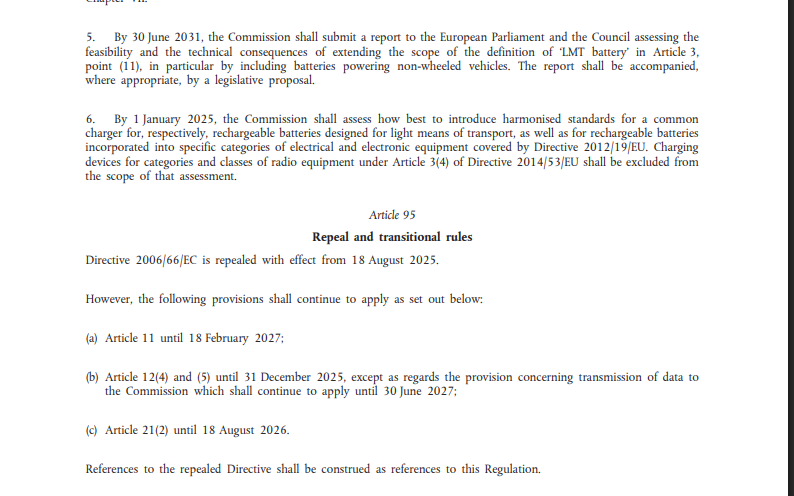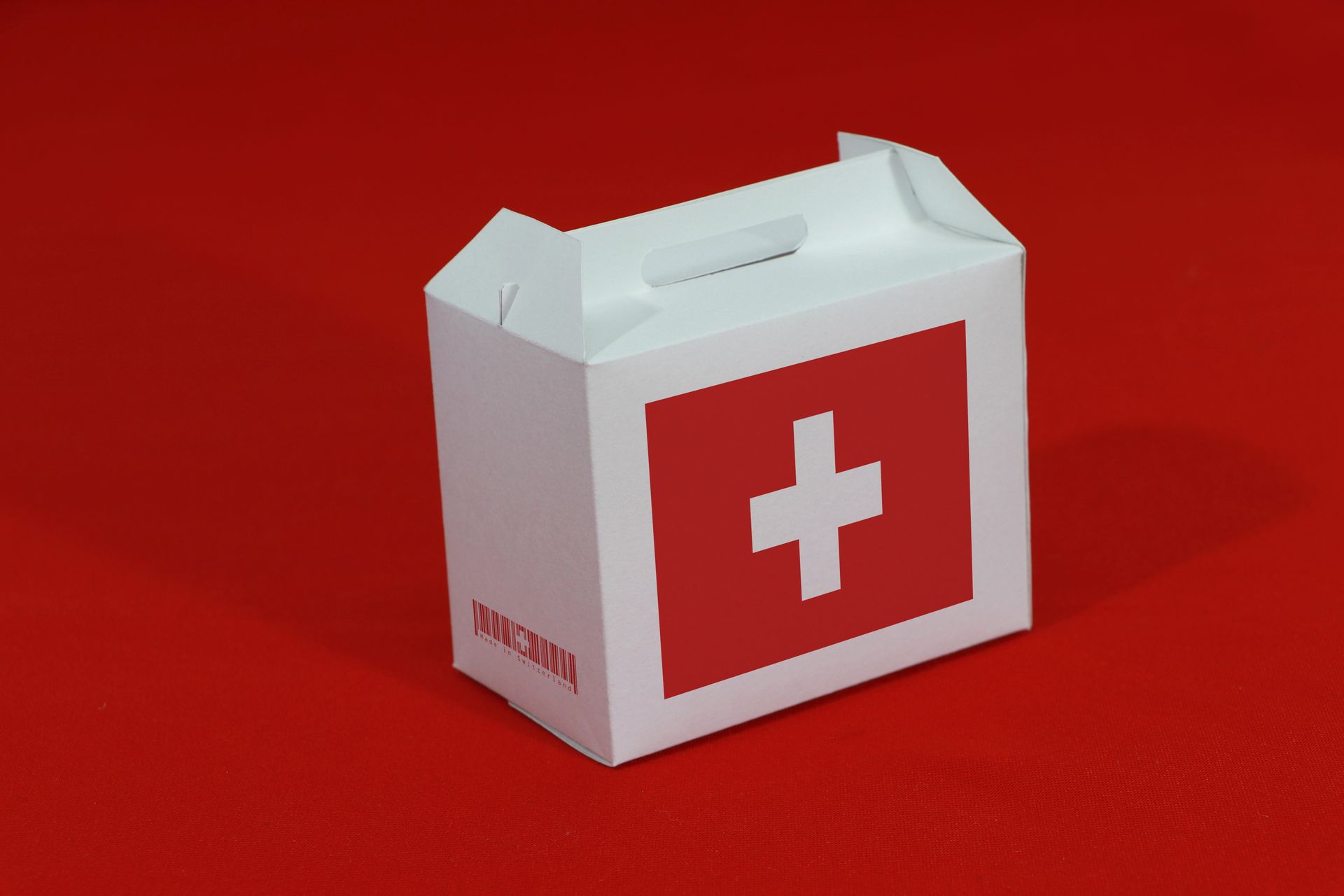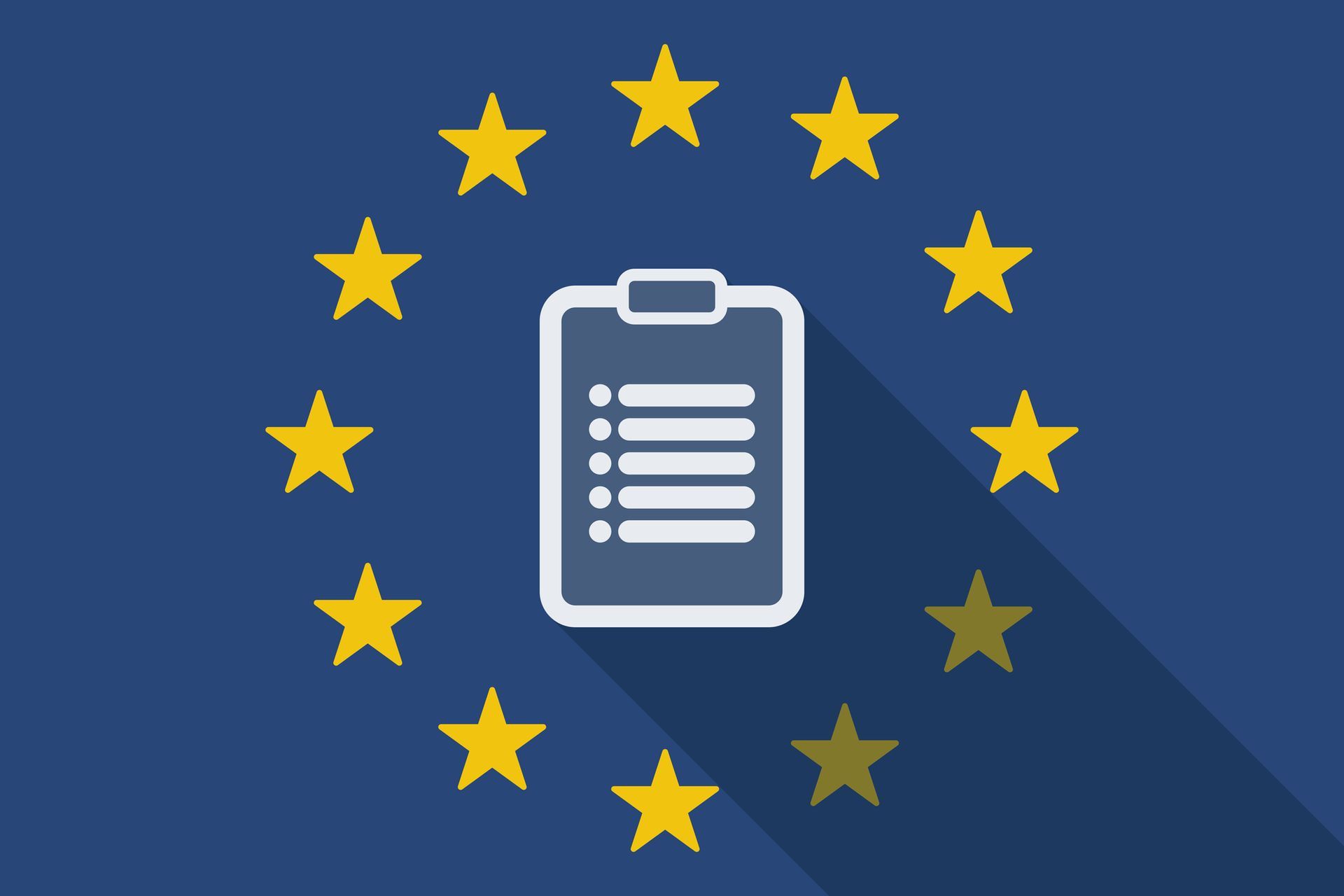The long view.
An outlook towards 2026 - timelines by envenance.
As many readers of the timelines by envenance have asked for a further outlook, we would like to share the the following dates today that highlight some of the timelines within the period until 2026.
2023
Sweden – Packaging EPR
1st November 2023 – The possibility of using a so called “suitable collection system” ends on the 31st October 2023. By the 1st November 2023, an approved producer responsibility system has to be chosen. Which schemes are finally approved by the Swedish Protection Agency, will be published on the Swedish Environmental Protection Agency’s website.
Source:
2024
Sweden – Textile EPR
The EU Strategy for Sustainable and CircularTextiles implements commitments made under the European Green Deal, the new Circular Economy Action Plan and the Industrial Strategy. In Sweden, EPR for textiles was introduced to promote sustainable textiles and textile waste management. The legislation, which is set to be enforced from January 1, 2024, has significant implications for the textile industry.
Italy – Plastic tax
The 2023 Italian Budget Law 2023 (law No. 197 of 29th December 202) has been postponed to the 1st January 2024 which marks the entry into force of the Plastic tax in Italy. In line with the European Strategy for plastic, the tax aims to establish a circular economy where the design and the production of plastics fully meet the needs of reuse, repair and recycling.
France – AGEC Decree 2022-748
Starting on the 1st January 2024, the following product categories must comply with the respective regulations stated in Decree 2022-748: building products and materials, toys. motor vehicles such as passenger cars, vans, motorbikes and quads. Companies with an annual revenue of more than 20 Million Euro and at least 10.000 units put onto the market have to comply.
2025 France – AGEC Decree 2022-748
On the 1st January 2025, the scope of companies that have to comply goes down to an annual of more than 10 million Euro and at least 10.000 units put onto the French market per year.
2025 Spain – sorting rules
The 1st January 2025 marks the application date for the introduction of sorting rules on packaging in Spain based on Royal Decree 1055/2022. The wording and symbols are not defined yet. However, the wording “environmentally friendly” is already prohibited.
2026 Repairibility index in Belgium
Belgium becomes the second country to introduce a repairability index within the European Union. The Belgium bill that was adopted back in June 2023, introduces a reparability index based on the availability of technical information and maintenance manuals, the ease with which the product can be dismantled, the availability of spare parts and their delivery times, the price of spare parts and other criteria. With this law Belgium becomes, after France, the second European country to have a reparability index and follows France also in the use of the same indices. The reparability index is applied to household appliances such as washing machines, dishwashers, hoovers, high-pressure cleaners, lawnmowers, televisions and laptops. Therefore also the scope of product groups follow France.
Further information: https://www.recupel.be/fr/blog/indice-de-reparabilite-des-appareils-electromenagers/




